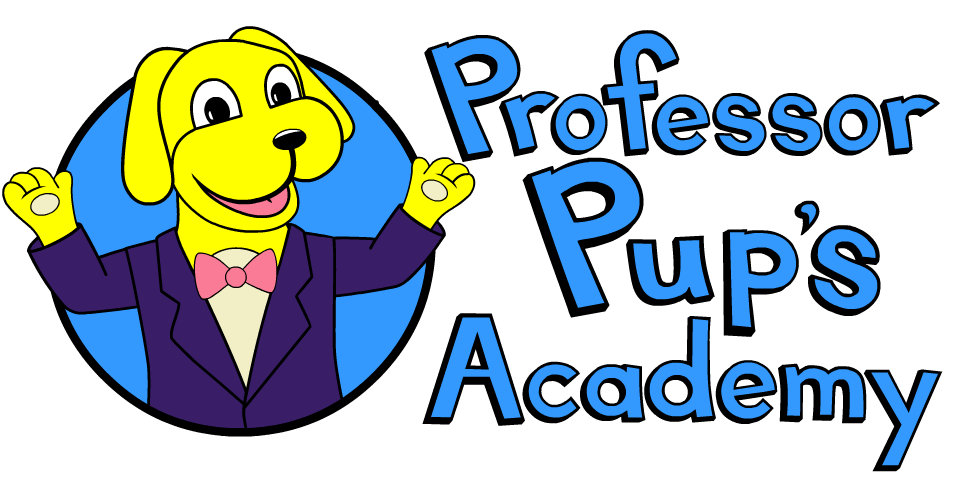Does phonics work for ESL students? Absolutely! In fact, it’s the perfect way to learn how to read in American English. Phonics works for English language learners because it is:
- Systematic and organized
Phonics is a system that teaches all the skills necessary to learn how to read and write. Each step has a clear purpose, so that those learning acquire the exact skill through practice. Because phonics is organized, learners move in one direction.
Phonics for ESL students works well because it never assumes any part of learning is obvious. This means that every part of learning to read and write is explained thoroughly. There is no guesswork with phonics for ESL students.
- Doable
Phonics takes learning how to read step by step. We start with the smallest pieces of information and then build up to more advanced skills. As a result, anyone can learn to read and write through phonics for ESL students.
What is it like to learn phonics for ESL students? How will your students learn to read, write and speak in English?
Phonics for ESL Students Starts With Sounds
Phonics for ESL students begins with sounds. At first, ESL students do not need to know anything about letters, alphabets, words or text. They simply need to make time and space to practice sounds. These sounds are not even entire words–at least not yet. Phonemes [FOH-neems] are the smallest units of sounds that make up words. In American English, there are over 40 different phonemes. Different combinations of phonemes make up different words.
With phonics for ESL students, we start with learning all the phonemes. So, students learn exactly what sounds make up the English language. Like small puzzle pieces, they collect all phonemes necessary to create words. The ability to pick up on sound patterns and recognize individual sounds in speech is called phonemic awareness.
For example, ESL students who spend time around peers who only speak English or watch American TV and movies are practicing phonemic awareness. Soon, they will recognize repeating sounds and understand the rhythm of speech.
Phonics for ESL Students Builds Up To Reading
Another fantastic reason why phonics works well for ESL learners is because it teaches the skills needed to read and write independently. Many people can learn vocabulary words through memorization, which is an essential part of learning a new language. Phonics provides a practical system for learning new vocabulary alongside other vital skills. Phonics teaches ESL students skills like phonemic awareness, decoding and blending and segmenting. These skills are the tactics that equip learners to read anything they come across, and not just words they have memorized.
- Phonemic awareness
By learning, listening and practicing sounds, students come to know common patterns in words. They also learn the units of sounds that make words. This helps them speak with proper pronunciation, recognize whole words and become proficient spellers, writers and readers.
Decoding is the process of interpreting letters in text into the sounds of speech. For example, the letter c alone is pronounced see. However, when the letter c is used in a word, it rarely sounds like see. More often, the letter c makes the /k/ sound, like in the word cat.
Decoding can be tough because we must train ourselves to see symbols in text and translate them into sounds. However, this practice is essential to read and write.
Once students know their phonemes and how to decode, they move onto blending and segmenting. This is when we learn how to “sound out words.” Here, we learn how to separate larger words into smaller units of sound. When we figure out how to pronounce the smaller groups of letters, we blend them back together.
Blending and segmenting is an essential part of phonics for ESL students. Additionally, this is a skill we use almost every day, no matter how much experience we have in the English language.
Teachers Can Track Progress with Phonics for ESL Students
Because phonics is so organized, you can also see exactly when and where students struggle. Professor Pup’s programs includes the full program, supplemental worksheets and activities perfect for classroom use. Teachers have access to progress reports and metrics that measure attempts, success rates and progression for each individual student. This way, you can quickly identify struggling students and zero in on the exact challenge.
The greatest benefit to using Professor Pup’s Academy is that our programs are designed with full phonics lessons. So, teachers only need to focus on teaching phonics for ESL students instead of building lessons.
Our programs work for teachers, but more importantly, they work for ESL students. However, keep in mind that using our programs with ESL students is different. Children whose first language is English will have no problem navigating our tablet-based programs. However, teachers must provide generous support and guide ESL students through each lesson. Or, if you are leading an entire class of ESL students, work altogether one lesson at a time.
All phonics programs include a Teacher Portal, which not only allows you to track your students’ progress through every lesson, but also provides printable worksheets, flashcards, games, and activities!
Spearhead Complete Reading Success with Phonics for ESL Students
Make learning to read fun and effective. Phonics for ESL students works! Students from any background can learn to read, write and spell through a systematic phonics program.
At Professor Pup’s Academy, we want to provide high quality reading education for every student. If you are interested in using our programs in your classroom, please visit our website. We offer a free 30-day risk-free trial for all teachers.
